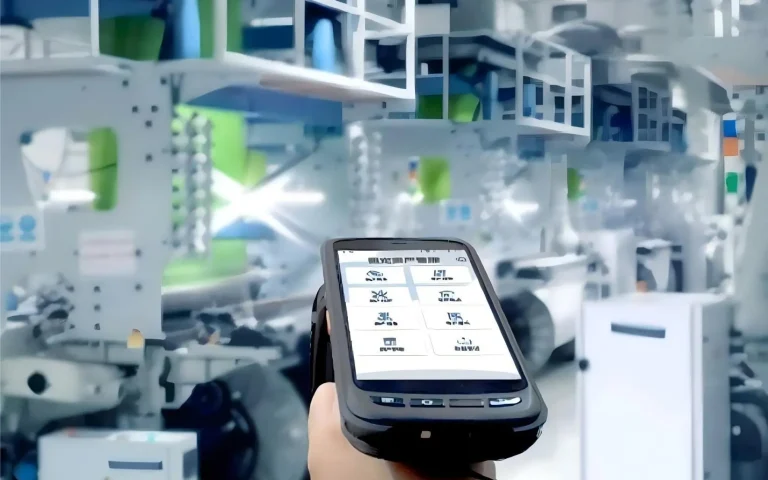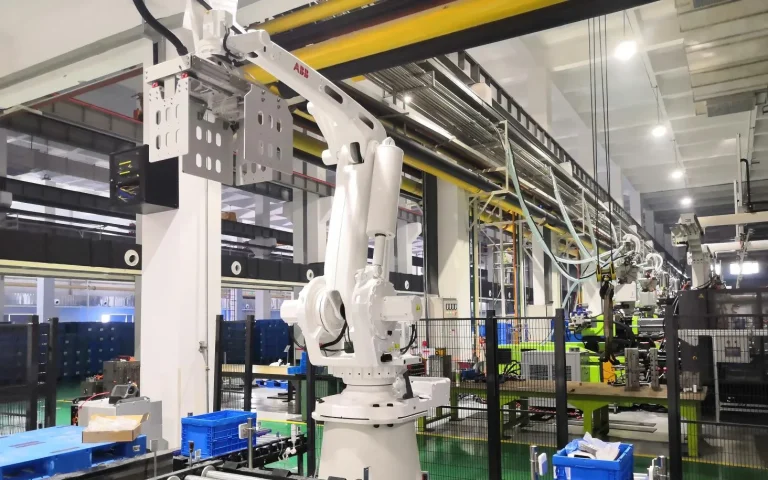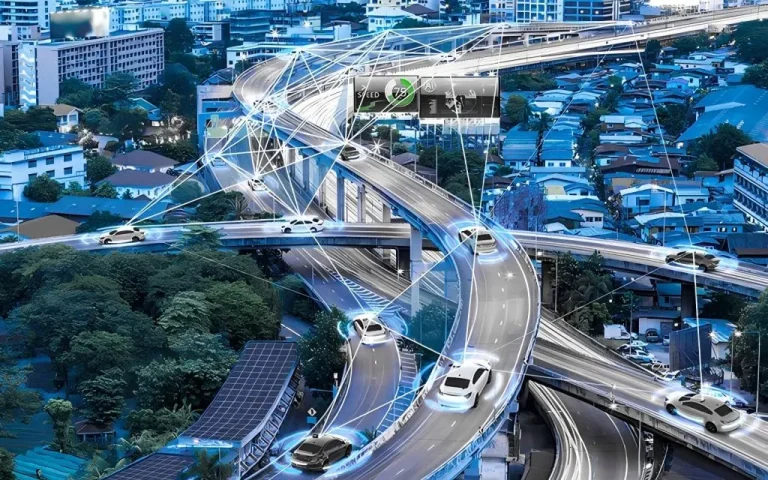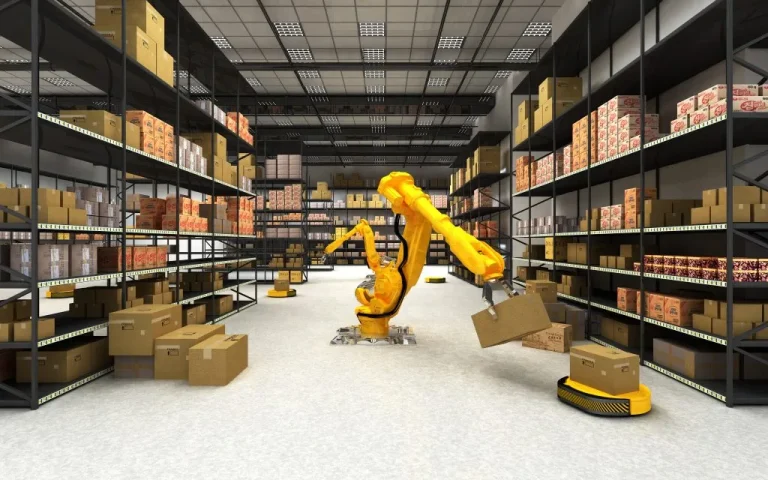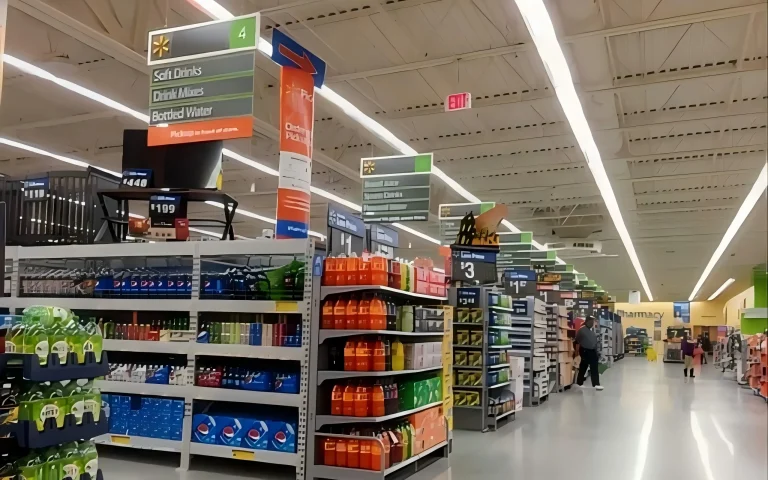
Intelligent Retail Management
RFID technology has been used in the retail industry for many years. During this time, traditional clothing companies and supermarket chains have made extensive use of electronic tags. Due to their contactless nature, long reading distance, fast identification, and large data storage capacity, RFID tags are being used in an increasingly wide range of applications and are gaining recognition and use in more and more fields.
1. Clothing retail industry
The clothing retail industry is one of the most important markets for RFID technology. Starting with Macy’s, followed by Zara, Decathlon, Uniqlo, and domestic brands such as Hailan Home and Lasabel, the industry has developed rapidly. RFID technology can be used for information management in all stages of clothing production, processing, quality inspection, warehousing, logistics and transportation, distribution, and sales, thereby creating a new field of clothing retail management.
1.1 Industry pain points
Production process:
High production costs.
Low production management efficiency.
Difficulty in producing according to demand.
Warehousing and logistics:
Low efficiency in warehouse entry and exit management.
Inaccurate inventory and low inventory counting efficiency.
Many problems with bulk goods and returned goods sorting.
Store operations:
Difficulties in inventory counting and locating goods.
Theft and diversion of goods.
Inaccurate customer demand.
Poor consumer experience.
Data decision-making process:
Basic data is not timely or accurate.
In-depth data analysis is insufficient.
Data visualization is poor.
Data and business integration is insufficient.
1.2 Solutions
To effectively improve the efficiency of clothing retail management, it is necessary to integrate RFID technology, cloud computing, big data, and other technologies throughout nearly all stages of the supply chain—including raw materials, semi-finished products, finished goods, transportation, warehousing, inventory counting, distribution, sales, and return processing—to achieve precise management of the entire product lifecycle. This approach helps businesses increase revenue and enhance profit margins.
In the production process, the clothing factories attach electronic tags to the garments. After production is complete, the garments are packed and shipped. At this stage, the batch identification advantage of RFID can be utilized for packing verification and shipment destination confirmation to ensure no misdeliveries or incorrect shipments. In the warehousing and logistics phase, with the assistance of RFID, functions such as batch inventory entry, in-warehouse picking, diverse inventory counts, and shipment verification can be achieved.
In the retail store phase, RFID applications are highly versatile, including using RSSI filtering for quick product location and identifying electronic tag IDs to assist customers with intelligent try-on functionality. It also supports inventory collection, rapid inventory counts, display management, interactive marketing, returns and transfers, smart shelves, smart anti-theft systems, and internal control management.
1.3 Applicable value
Production: The benefits of using RFID tech in production show up in how efficient the process is, how much it costs, and how well quality is controlled.
Logistics and warehousing: The benefits of using RFID tech in logistics and warehousing show up in how well the supply chain is managed and how efficiently stuff is received, shipped, and counted in warehouses.
Stores: The benefits of using RFID tech in stores show up in how quickly stuff is restocked, how well counterfeiting is prevented, how smart theft prevention is, and how well slow-moving inventory is tracked.
After years of development, clothing retail companies that have adopted RFID technology have seen the following changes in key data metrics:
- Inventory accuracy has increased a lot, rising from 62% before RFID adoption to approximately 99% currently.
- Inventory loss rates have decreased by 60-80%, dropping from 12-14% in the past to 5-6% currently.
- Sales have increased by 6-14%, primarily due to improved inventory management and timely restocking, enabling customers to purchase suitable products on-site.
- Labor costs have been reduced by 30-59%.
2. New retails
The three key objectives of new retail are:
To enable agile operations in retail stores, leveraging advanced technologies to promote the development of retail and consumer goods stores and meet the expectations of today’s consumers;
To enhance the retail customer experience through the use of multi-IoT and AI technologies;
To transform the retail and consumer goods supply chain.
RFID technology can support new retail in multiple ways, such as in the areas of unmanned retail and user profiling.
2.1 Unmanned retail
In 2016, global e-commerce giant Amazon launched Amazon Go, a cashierless store, which attracted a lot of attention from the industry. Cashierless stores were also pushed to the forefront by capital and public opinion, and this trend didn’t calm down until 2019. During this period, a large number of unmanned stores and vending machines emerged, with companies such as JD.com and Alibaba’s Bingo Box launching their own unmanned retail stores, while DailyFresh, Midea’s Mini Mart, and Convenience Bee introduced unmanned vending machine products.
There are two primary implementation methods for unmanned retail stores: video-based solutions and RFID-based solutions.
Both camera-based AI algorithm solutions and RFID-based unmanned store solutions have their own advantages and disadvantages. The advantage of the camera-based AI algorithm solution is that it does not require labeling, but the overall system cost and operational expenses are very high. The advantage of the UHF RFID solution is that the system cost is relatively low, but it faces issues such as low recognition rates for stacked items and difficulties in labeling. Especially for metal-packaged beverage products, the recognition performance of electronic tags is very poor, and there are instances of missed readings when items are stacked. This requires regulating customer behavior to improve recognition rates.However, these drawbacks are being continuously addressed.
2.2 User profile
In today’s highly developed retail industry, businesses are increasingly eager to obtain data on customer preferences. To win over customers, businesses prepare a variety of store designs and new product displays, but effective feedback is scarce and results are minimal. Therefore, businesses need to create customer profiles. Since RFID technology is already widely used in the apparel retail sector, it can be combined with camera technology to analyze customer behavior. By obtaining data on customer movement paths and preferences, retailers can adjust the placement of different products based on this information. Additionally, for products frequently touched or tried on by customers, rapid feedback can be provided, including preparing the next production order or designing the next generation of products.
The same retailer can repeatedly adjust window displays and internal product placements, while recording customer activity levels and sales metrics under different scenarios, thereby guiding more franchise stores to adopt more attractive display methods. For chain stores in different locations, the types and preferences of internal customers will also vary. Through data collection and analysis, these patterns will gradually emerge.
When a company with multiple chain stores possesses this user profile data, its design plans, store renovations, and supply chain management will all be elevated to a new level.
